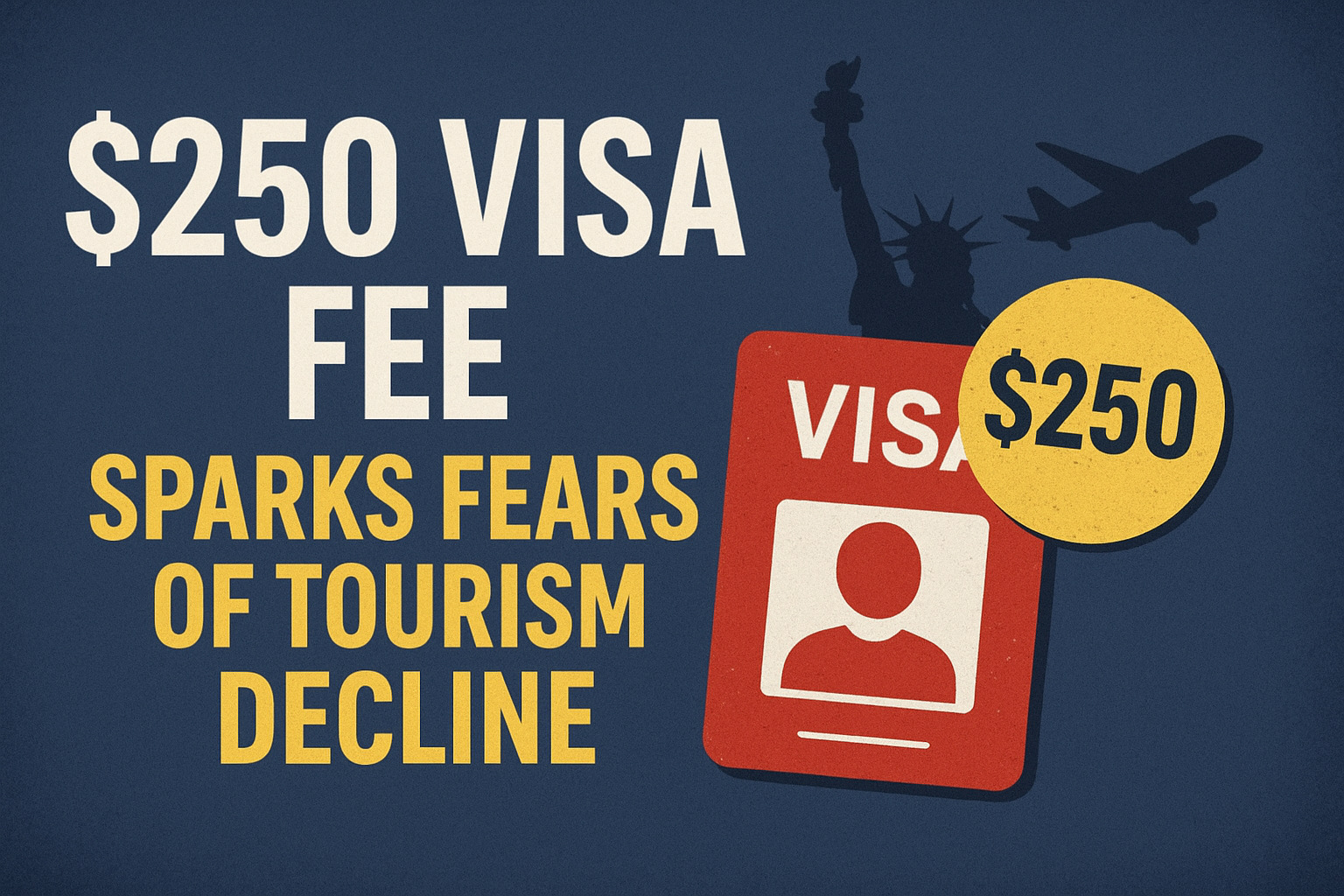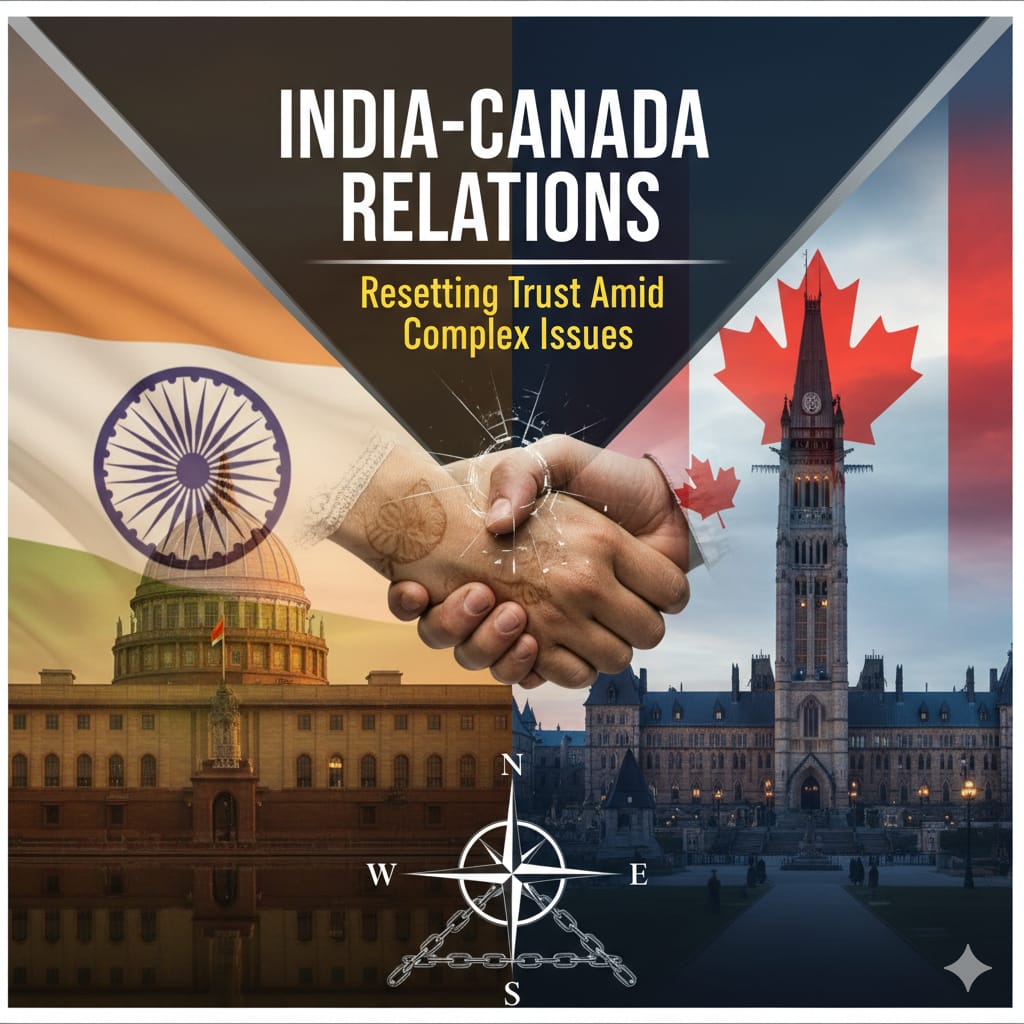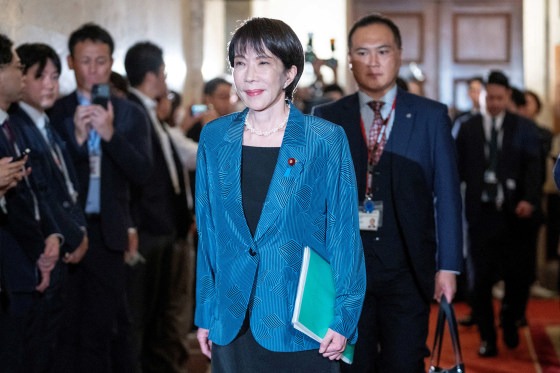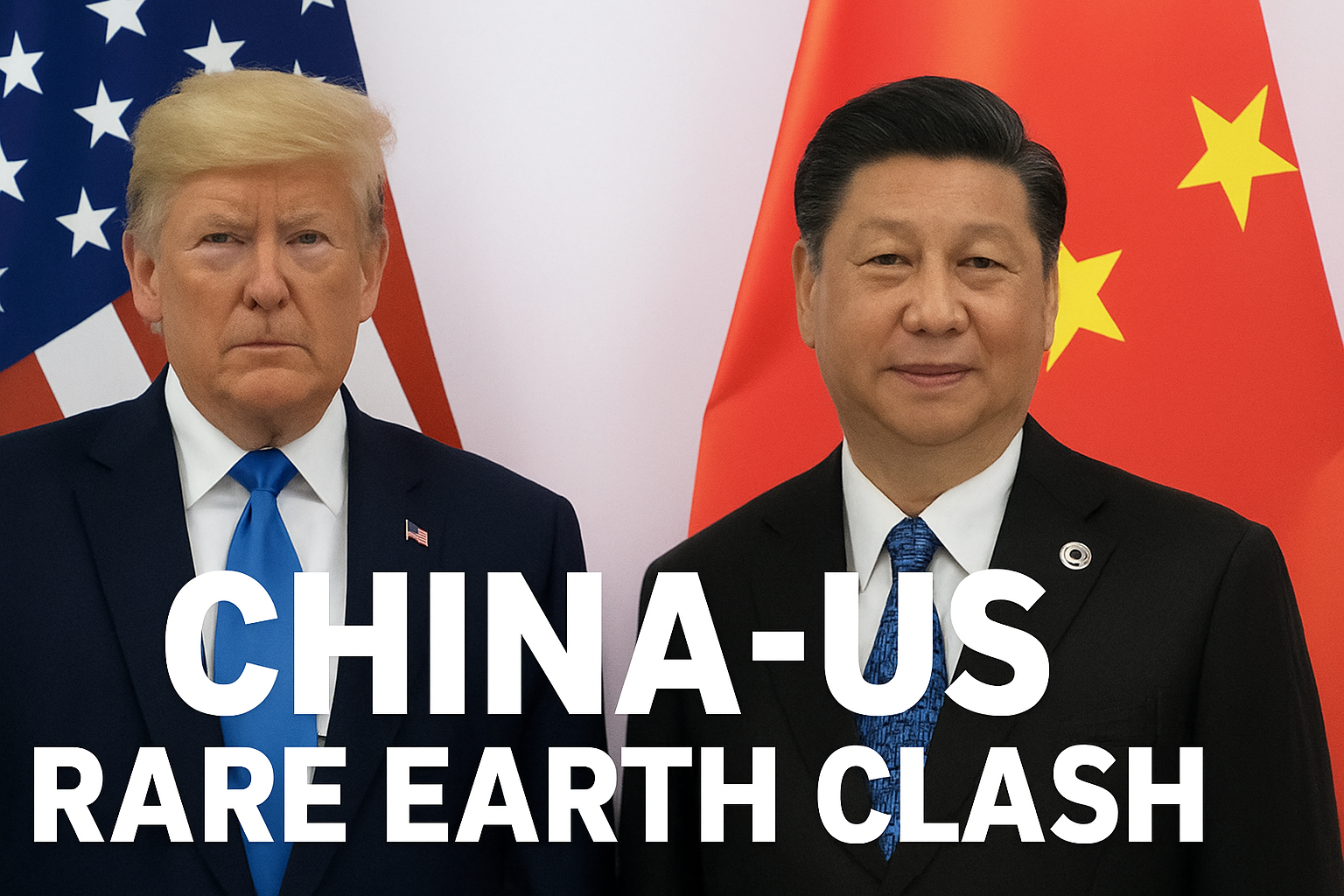
The United States has long been one of the most popular destinations for global travelers. From the Statue of Liberty to the Grand Canyon, from Broadway shows to Silicon Valley tours, millions flock each year to experience America’s culture, landscapes, and opportunities. Yet, recent policy changes are placing this reputation at risk. A new “visa integrity fee” of $250, imposed on certain travelers beginning October 1, has sparked concern among travel experts who fear it will deepen the current slump in international arrivals.
According to US government data, inbound overseas travel to the country has already been in decline. In July, international arrivals fell by 3.1 percent compared to the previous year, with only 19.2 million visitors recorded. That marks the fifth straight month of decline. Tourism numbers have not yet returned to pre-pandemic levels, when annual arrivals reached nearly 80 million. Now, the new visa fee may further discourage potential visitors from planning trips to the United States.
The fee targets travelers from non-waiver countries, including large markets such as Mexico, Argentina, India, Brazil, and China. By raising the total cost of a visa application to around $542, the US will place itself among nations with the highest visa expenses. For many families and students, this cost can be prohibitive. Industry experts argue that the added financial burden, coupled with stricter regulations on visa duration, will create a perception that the US is unwelcoming.
Gabe Rizzi, President of Altour, a global travel management company, warned that the measure will significantly cut travel volumes. He noted that travelers may prefer destinations that feel more open and affordable. Instead of adding to America’s tourism revenues, the fee may force money into administrative processes, reducing what visitors can spend on hotels, restaurants, and cultural activities.
The economic stakes are high. International visitor spending in the US is projected to fall below $169 billion this year, compared with $181 billion in 2024, according to the World Travel and Tourism Council. Tourism is not only about leisure; it fuels jobs, supports airlines, sustains local economies, and fosters cultural exchange. By making access harder, the US risks weakening one of its most dynamic industries.
The broader context adds to the challenge. Under the Trump administration, policies on immigration, foreign aid, and tariffs have already created a perception of hostility among many foreign travelers. For some, the US no longer feels as welcoming as it once did. This perception matters because international tourism is shaped not only by attractions but also by ease of access and the sense of being valued as a visitor. Even global events on the horizon, such as the 2026 FIFA World Cup and the 2028 Los Angeles Olympics, may not be enough to counter the damage if travelers feel priced out or unwelcome.
The new visa fee is not the only recent measure causing unease. Earlier this month, the administration introduced a pilot program requiring bonds of up to $15,000 for certain tourist and business visas. The program, expected to last about a year, is aimed at discouraging overstays. While the intent is to enforce immigration rules, the heavy financial demand adds yet another barrier for those considering travel.
Critics argue that such steps are short-sighted. While they may seem like tools to strengthen border integrity, they risk undermining the long-term appeal of the United States. Tourism is about soft power, cultural diplomacy, and economic growth. If policies treat visitors primarily as risks rather than guests, the country may lose ground to competitors that actively court international travelers.
In the end, the decision to impose a $250 visa fee highlights a larger tension between security and openness. A balance must be struck. Without it, the United States could see fewer international visitors, weaker revenues, and diminished influence in the global tourism market. For a nation that prides itself on being a land of opportunity, the cost of being perceived as closed off may be far greater than the revenue gained from new fees.



.jpeg)





.jpeg)



.jpeg)



.jpeg)
.jpeg)
.jpeg)

